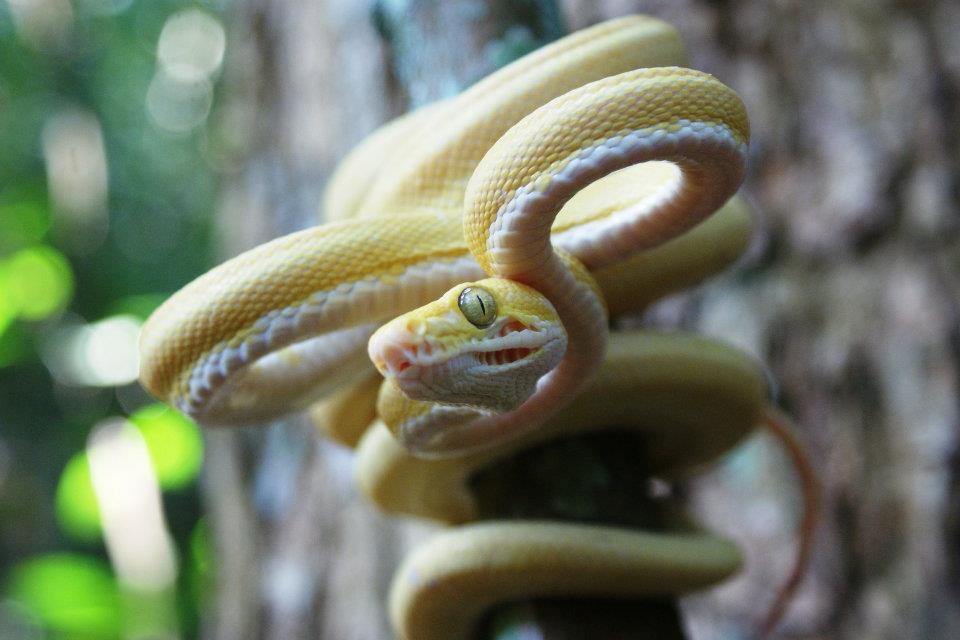Rainforests – why we need to protect them
Even somebody who is only remotely interested in nature must be fascinated by the beauty and abundance of life in rainforests. That alone, of course, is a good enough reason to do everything we can to protect rainforests.
But there are plenty of other reasons why rainforests are important for us and for our planet. We will give you an overview of these reasons as well as the dangers and threats to rainforests.
Rainforests are subject to deforestation
Rainforests cover about 6% of the Earth’s surface. The largest one is the Amazon rainforest in South America, the second largest is the Congo basin (Africa) and the third largest is in Southeast Asia. Rainforests are found on every continent except for the Antarctica. Unfortunately, deforestation occurs everywhere where rainforests are found. The main reasons for deforestation are agriculture, in particular cattle ranching in Brazil or palm oil plantations in Indonesia, as well as logging, mining, and oil drilling. Forest fires are often started by men and destroy huge areas of rainforest at once.
In the Amazon, 17% of the rainforest have been lost in the past 50 years and the rate of deforestation is on the rise again.
We are losing nearly 4,500 acres of rainforest every hour*.
Therefore, everybody needs to take action to reduce deforestation of rainforests.
*according to the NGO Rainforest Partnership

Image kindly provided by Aldo Villanueva
Carbon dioxide storage and release due to destruction
Trees store large amounts of carbon and therefore play an important role in mitigating climate change. They absorb carbon dioxide (CO2) from the atmosphere as they grow and store it as carbon in their branches, leaves, trunks and roots.
When forests are cleared or burnt, the stored carbon is released into the atmosphere, mainly as CO2.
Tropical forests have the highest carbon storage capabilities of all forests. According to the Yale School of Forestry and Environmental Studies, it is estimated that 25% of the world’s carbon is stored in tropical forests. Therefore, it is extremely important NOT to destroy them.
But, due to deforestation, tropical forests are now releasing more carbon than they actually absorb.
Currently, tropical forest loss accounts for 8% of the annual global carbon dioxide emissions according to Global Forest Watch.
But there is so much potential in tropical forest protection as outlined by the World Resources Institute: If deforestation of tropical forests stopped, tropical forests were restored and managed in a better way, and tropical mangroves and peatlands were protected and restored, they could deliver 23% of the total CO2 mitigation needed between now and 2030 to limit global warming to 2°C.
It seems to be such a simple solution: don’t cut down the tropical forests and we will keep the carbon safely stored. Let the trees grow instead and they will absorb even more CO2.
Rainforests play an important role in the Earth’s freshwater cycle
The more you learn about rainforests, the more fascinating they become. And the more everybody should be convinced that we absolutely need to do everything we can to preserve them.
Rainforests create their own climate and have great influence on rainfall even in regions that are thousands of miles away. That means that they are essential to avoid droughts that can threaten food security in several regions.
How does that work?
Every tree releases moisture from their leaves. Because one tree in the rainforest can release more than 100 litres of water per day, this water can form rainclouds in the sky. Some of this water travels very long distances and therefore, deforestation of rainforests can also affect the rainfall in regions of the Midwestern U.S., China and India.

Biodiversity in Rainforests
Rainforests are home to millions of species of animals and plants. Up to 50% of all terrestrial plant and animal species are believed to live in tropical rainforests. Why is biodiversity important for us humans?
Sources and further reads
Big thanks to Aldo Villanueva who also kindly provided the pictures of the illegal logging and the snake.
Here, you will find two good overviews on climate change and tropical forests:
https://globalforestatlas.yale.edu/climate-change/climate-change-and-tropical-forests
https://wriorg.s3.amazonaws.com/s3fs-public/ending-tropical-deforestation-tropical-forests-climate-change.pdf
This is the report in “Science” about the fact that more carbon is released than absorbed by tropical forests:
https://science.sciencemag.org/content/358/6360/230
A more detailed article on the “Effects of tropical deforestation on climate and agriculture“ (this article needs to be purchased):
https://www.nature.com/articles/nclimate2430
Global forest watch explains the numbers of CO2 emissions from tropical forests:
https://blog.globalforestwatch.org/climate/by-the-numbers-the-value-of-tropical-forests-in-the-climate-change-equation
Two interesting articles on how tropical forests have effects on cooling mechanisms and the freshwater cycle:
https://e360.yale.edu/features/how-deforestation-affecting-global-water-cycles-climate-change
https://www.sciencedirect.com/science/article/pii/S0959378017300134
